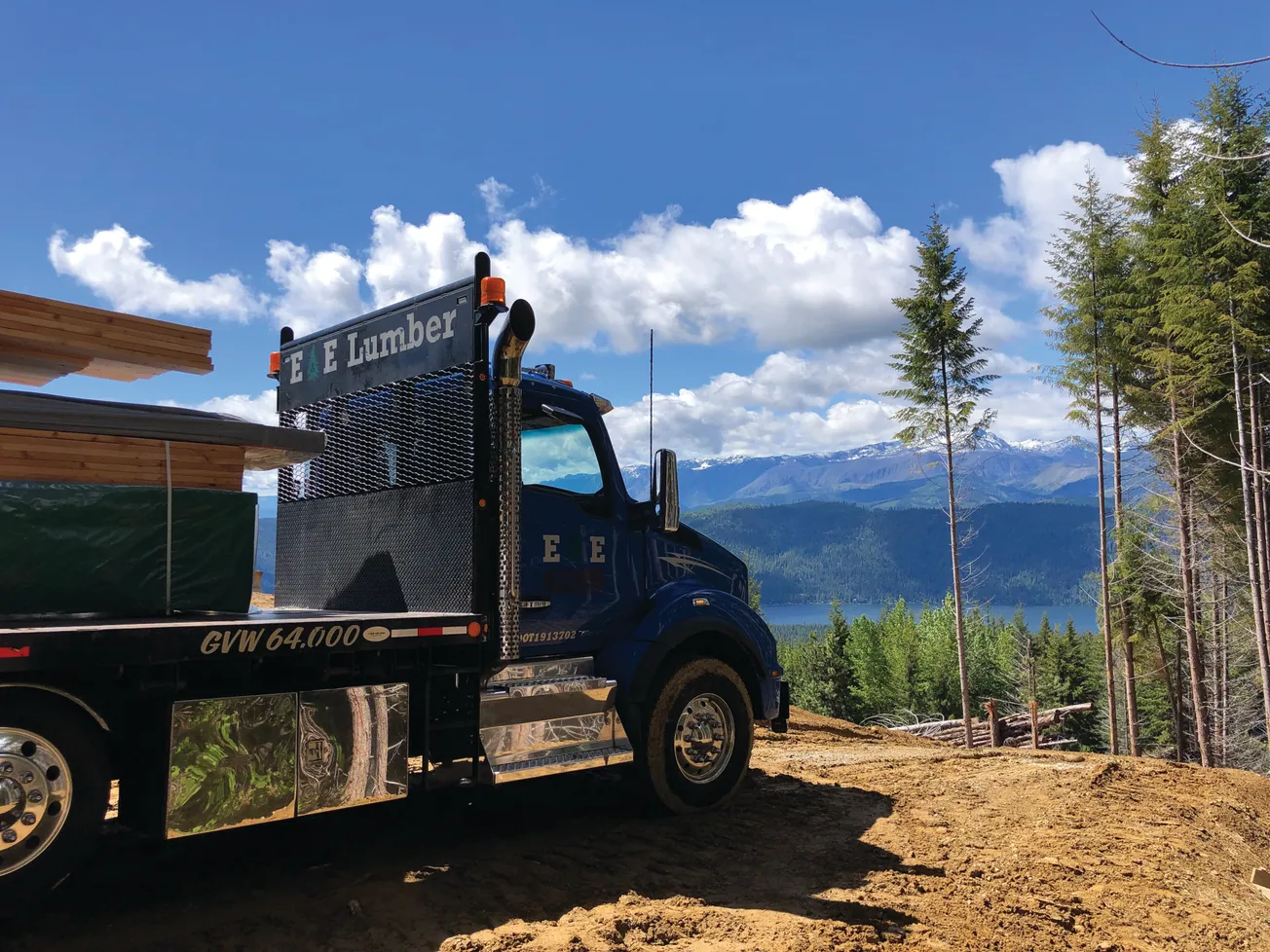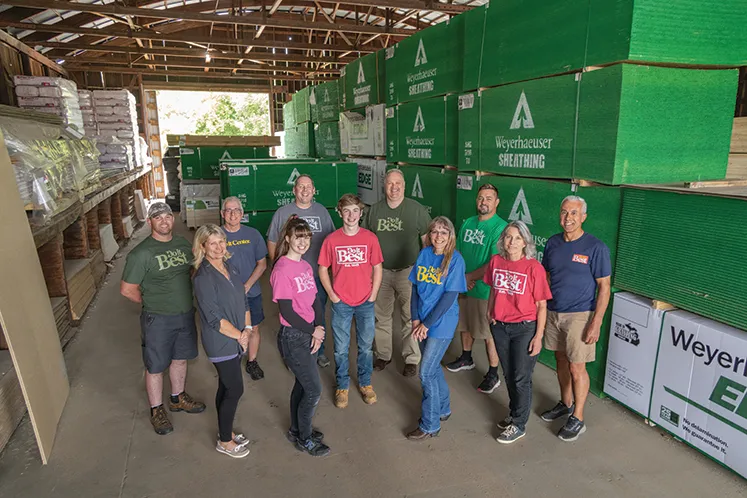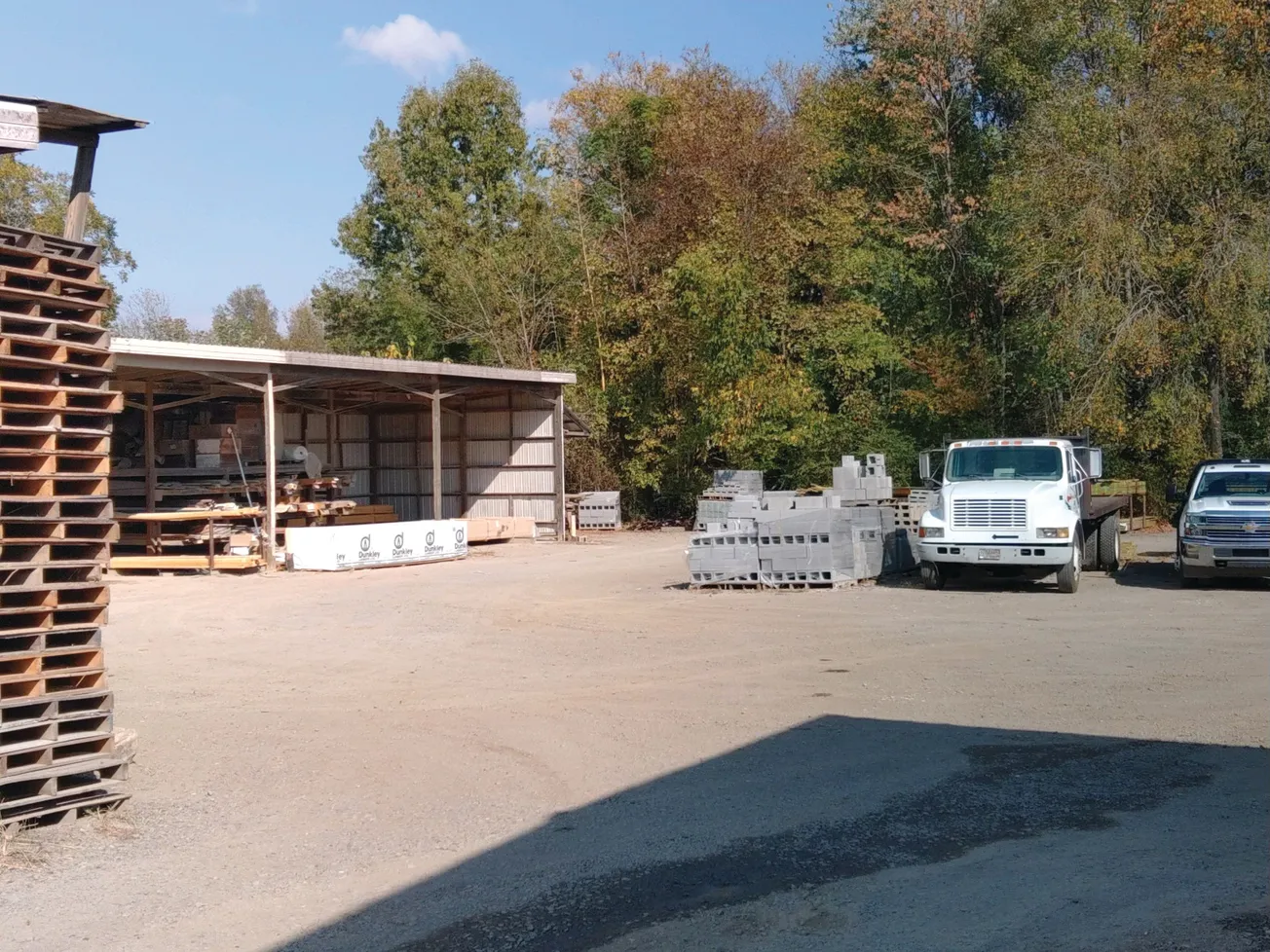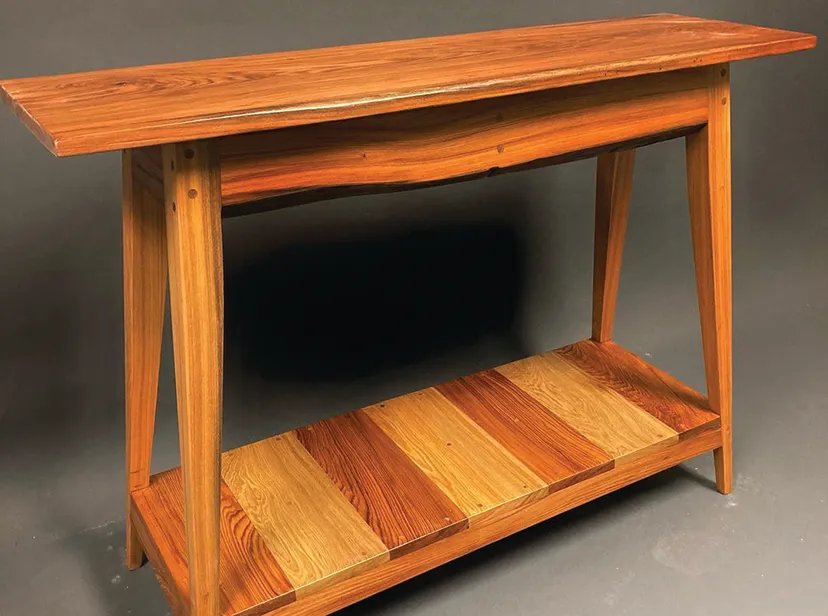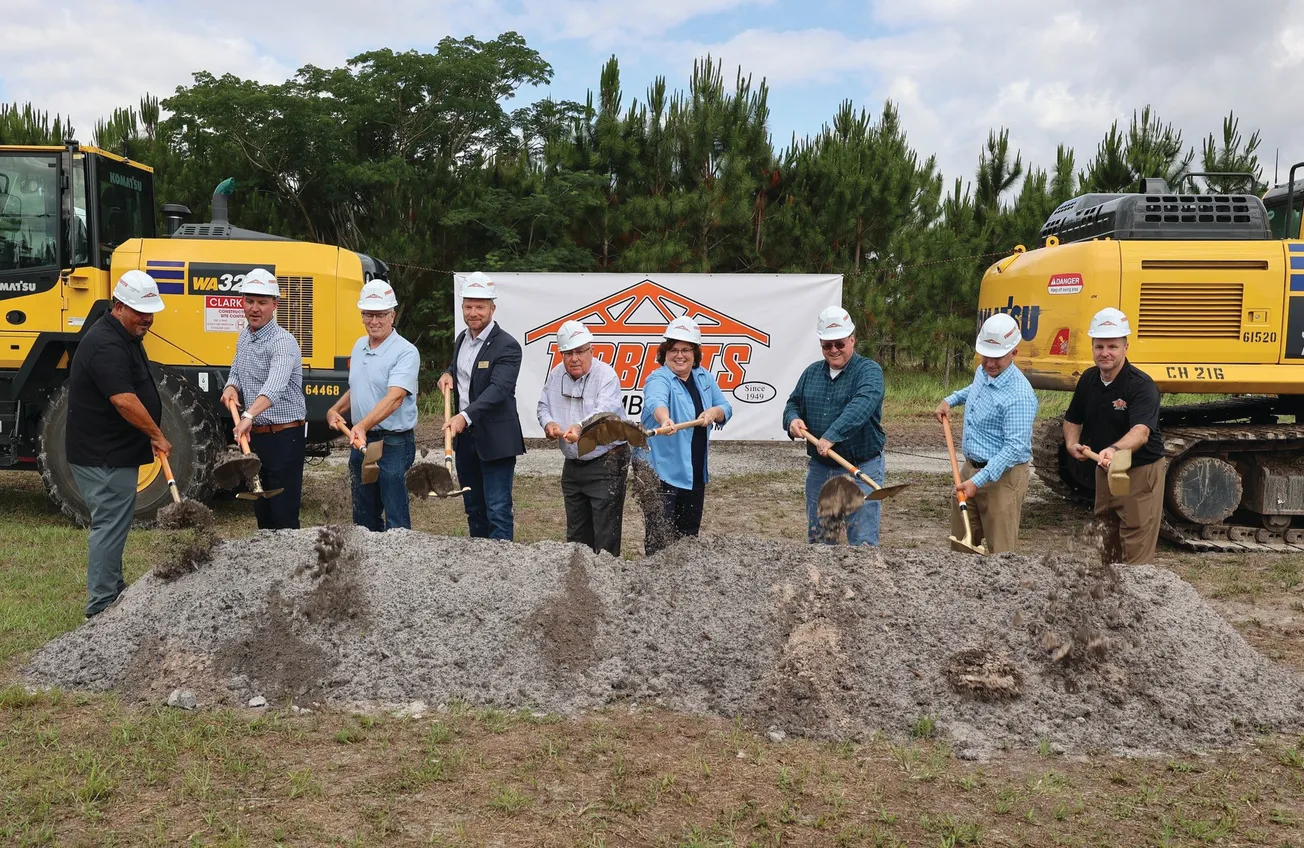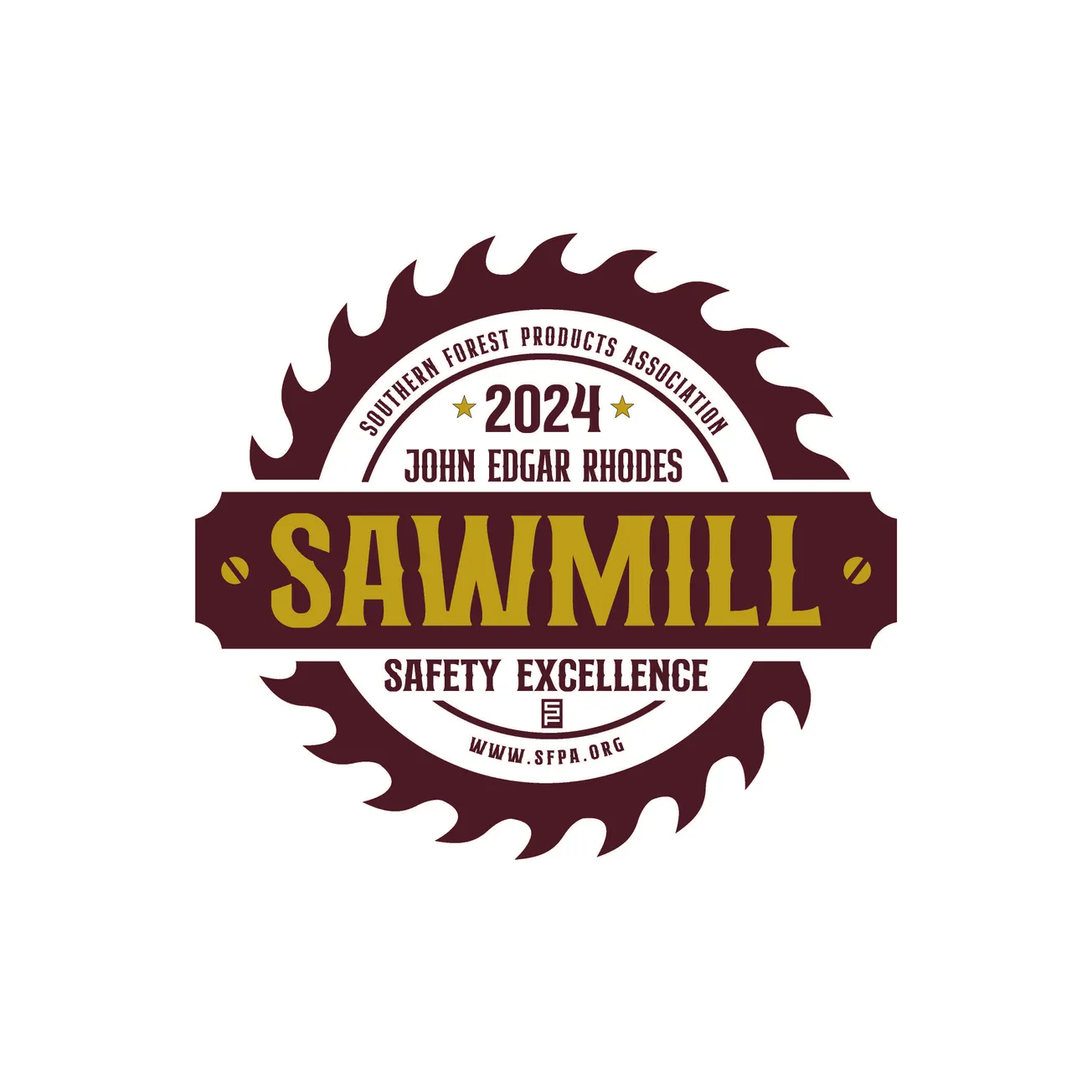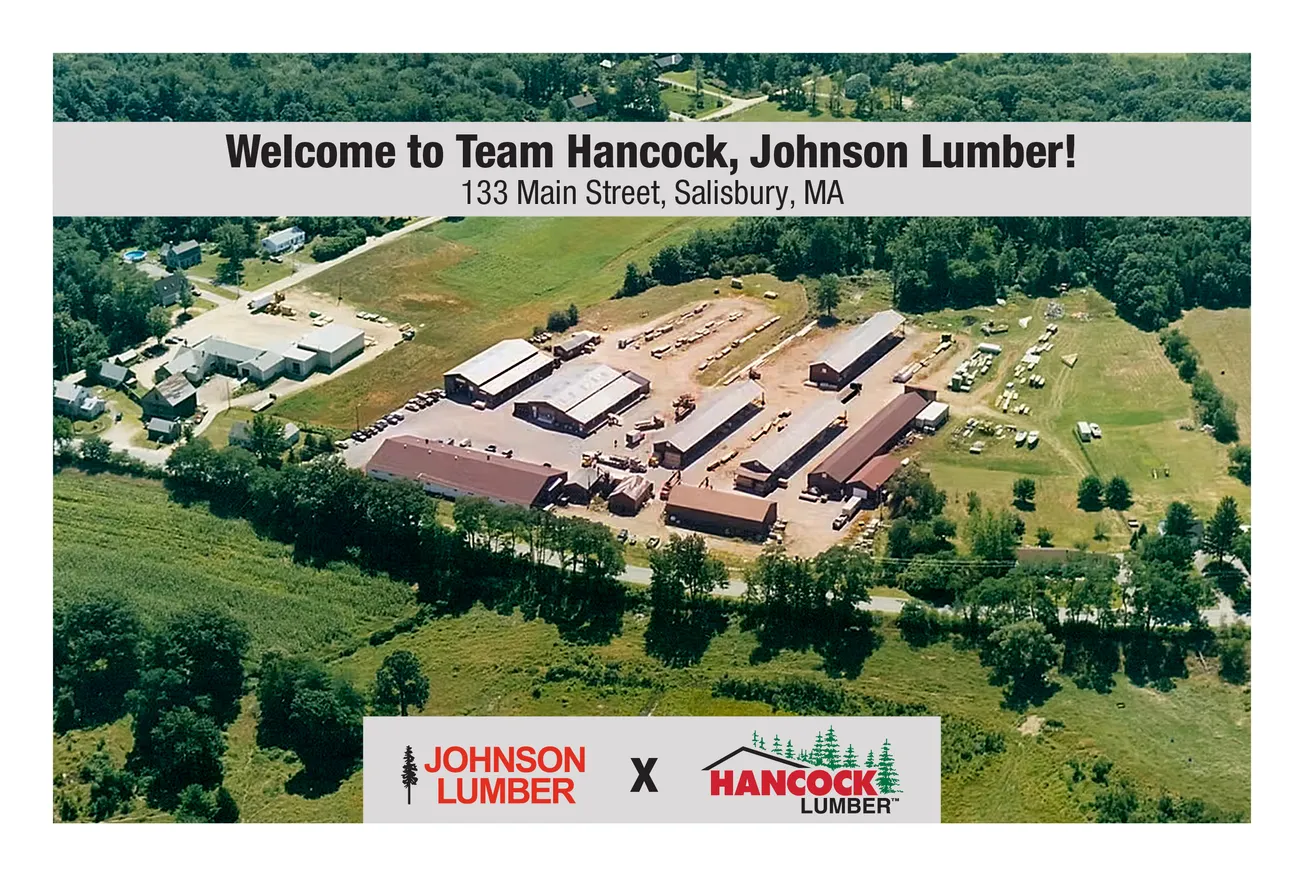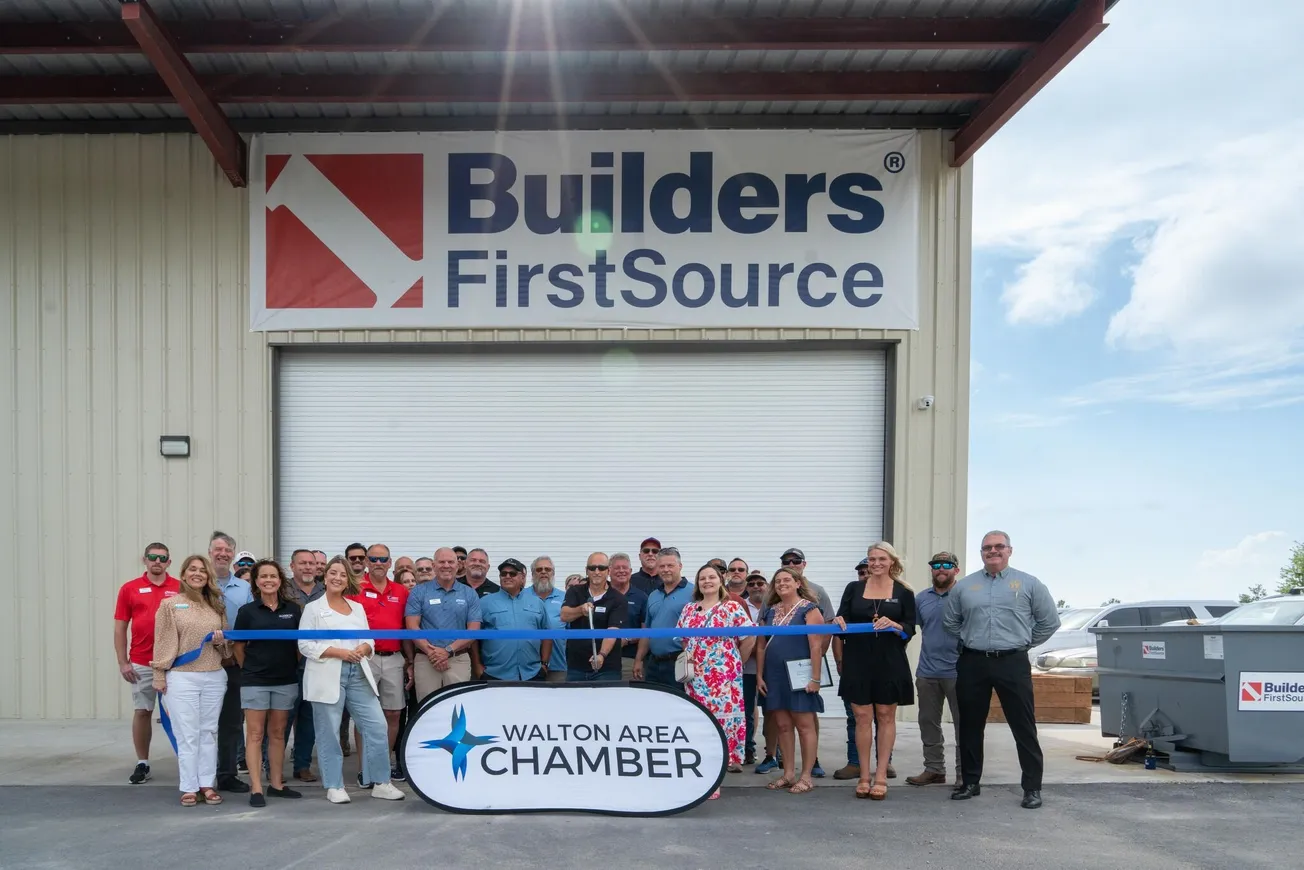Table of Contents
This is not a how-to story. It works better as a cautionary tale: one of those “What was he thinking?” accounts that warns of a deep financial failure when a newbie, with more confidence than smarts or experience, takes over an unfamiliar business and runs it into the ground.
That’s what should have happened when Greg Forsythe became the new owner of Westmart, located—landlocked, actually—in Yellowstone National Park, in West Yellowstone, Mt.— a town of, oh, a thousand or so.
“I had no experience at all,” he’s completely honest. “I grew up in Colorado, and raced snowmobiles professionally,” along with day jobs in business and finance. But Greg wanted out of the rat race. “I called a friend in Wyoming one day, asking, ‘Know of any business you think I could handle?’”
The reply came in the form of a sleepy Montana yard on the market in a burg with no paved streets, no city water—“kind of back woods,” Greg allows. “But they said the fishing’s good and snowmobiling’s great.”
First hard lesson: There’d be no time for either.
Second wake-up call: Banks were not eager to bet on a fellow with no money to put down. (This is back, he says, in the Jimmy Carter era in 1980, when interest rates were sky-high.) “I walked into the one bank in town and the officer started laughing. That’s when I knew I was in trouble. But a banker I had worked with in Colorado helped out. Yet here I was—January 26, 1980—60 degrees below zero, with no trucks, no forklift, and all the lumber lying around outside.
“The first day, I sold one gallon of paint—but the customer had to tell me how to mix it. But,” he pauses to mention his self-made miracle, “I doubled business within the first three years.”
Not bad for a beginner. Credit part of that success to optimizing on Westmart’s ideal location. Landlocked in the national park, the town of 1,000 residents it anchors (“five blocks wide and one mile square”) boasts 64 motels and 30 restaurants, all relying on Westmart for their needs.
The yard sits at the closest entry to the park—“closest to Old Faithful, too, so lots of people coming through. When I first got here, there were 400, 500 or so people heading into the park a year; now, it’s 2.5 million. We rely on summer residents, plus the local trade. There’s still building going on: motels, time-shares, docks and decks. Many new homes and cabins, plus lots of renovations. We also serve the national government, for park maintenance. And we tell these folks, ‘We offer rive times better service than any national outfit.’ Plus,” Greg adds, “We’re the only home center within 80 miles. The locals know that if we left, that would be a real problem.
“I won’t brag,” he continues, “but when we built this new building 16 years ago, we built it big”—think 12,000 sq. ft. of retail plus 29,000 sq. ft. of covered storage—“so no competition would be tempted to come in. Sixty-five percent of our inventory is in lumber and building materials, but we also carry everything from carpeting and home décor to appliances. I tell folks that I own a small Home Depot,” he chuckles.
He’s proud of his new garden department and rental service, but earns most bragging rights for his success with special orders: metal roofing, special vacuums, you name it—which represent 25% of Westmart’s revenue.
Sound good? Absolutely, all summer long. “In summer, our inventory is way up; we turn it eight, nine times. We’re open seven days a week, so no golf, no sleep for us. The sidewalks in town are five, six deep with people. We do 80% of our business in six months.”
But winter is another story. Greg’s full-time staff numbers 14, and he keeps them on year-round. “From November to May, there’s little retail; we rely on our contractor customers. (We also do snow removal to survive.) The workforce here in town is a very limited pool, so to retain our people, we offer very good wages, health insurance, and—this sounds crazy—we let them take days off anytime they want to, no limit.”
Contractors remain loyal because, says Greg, “our staff is able to take care of them—knowledgeable about everything from trusses to building code. Plus, we usually do same-day delivery, with our fleet of trucks and forklifts. We’re very service-oriented, rather than promote by price.”
And speaking of promotions, Greg brings up, “There’s no local newspaper here, only radio. We rely on our website and Facebook, but the best tool is simply word of mouth. We have been in business a long time, but gosh! The place looks brand new!”
Another loyalty lure is that Westmart’s staff lives right here in town—and that Greg, himself, is dedicated to its welfare. He’s served on its city council, school board, Chamber of Commerce, and the list goes on. He coaches school teams. And more: “We built a Child Learning Center for the town two years ago,” he humbly notes.
Loves his job? Oh, yeah. “It’s the only one I’ve had for 40 years,” allows the guy who knew zip about the industry that many years ago. That changed fast, and continues to fuel Greg’s satisfaction. “I’m service-oriented. I like helping people, answering questions, giving them ideas. The town is loyal. And there’s always something new coming along.”
Like, future owners? (He’s reached 60.) His kids—one, a school teacher, the other a nurse—have chosen other careers. Nonetheless, there’s a succession plan in place. “I’ve got a person here, training to take over,” Greg divulges.
As this writer tries to sum up Westmart’s success, she asks: “Location, location, location?” Nope, Greg begs to differ: “Lucky, lucky, lucky.”


